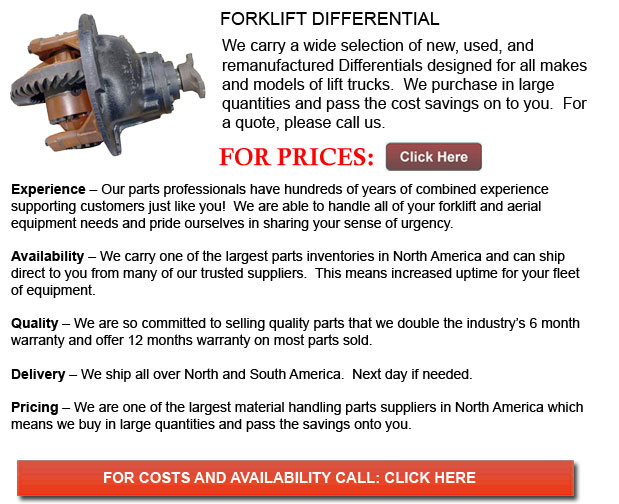
Forklift Differential - A mechanical tool capable of transmitting torque and rotation via three shafts is known as a differential. Sometimes but not all the time the differential will employ gears and will operate in two ways: in cars, it receives one input and provides two outputs. The other way a differential operates is to combine two inputs so as to produce an output that is the average, difference or sum of the inputs. In wheeled vehicles, the differential enables all tires to rotate at different speeds while providing equal torque to all of them.
The differential is built to power the wheels with equal torque while also allowing them to rotate at different speeds. Whenever traveling round corners, the wheels of the automobiles will rotate at various speeds. Certain vehicles like karts function without a differential and utilize an axle in its place. If these vehicles are turning corners, both driving wheels are forced to rotate at the same speed, typically on a common axle that is driven by a simple chain-drive apparatus. The inner wheel must travel a shorter distance than the outer wheel when cornering. Without a differential, the consequence is the outer wheel dragging and or the inner wheel spinning. This puts strain on drive train, resulting in unpredictable handling, difficult driving and deterioration to the tires and the roads.
The amount of traction required so as to move whichever automobile will depend upon the load at that moment. Other contributing factors consist of momentum, gradient of the road and drag. One of the less desirable side effects of a conventional differential is that it can reduce traction under less than perfect conditions.
The effect of torque being provided to each and every wheel comes from the transmission, drive axles and engine making use of force against the resistance of that traction on a wheel. Normally, the drive train will supply as much torque as required unless the load is very high. The limiting element is normally the traction under every wheel. Traction could be interpreted as the amount of torque that could be produced between the road surface and the tire, before the wheel starts to slip. The car would be propelled in the planned direction if the torque applied to the drive wheels does not exceed the threshold of traction. If the torque used to every wheel does go beyond the traction threshold then the wheels will spin incessantly.
![]() Click to Download the pdf
Click to Download the pdf
Forklift Parts
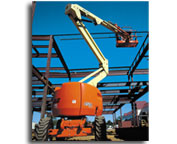
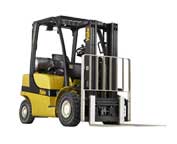
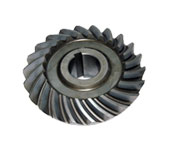
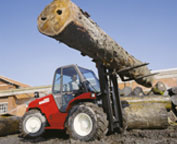
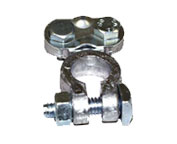
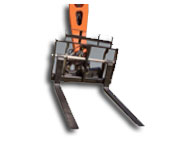
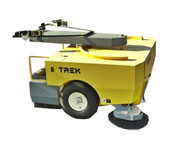
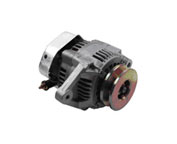
Lift Parts Express
TOLL FREE: 1-888-695-7994
forkliftpartsalabama.com
Email Us
About Us


